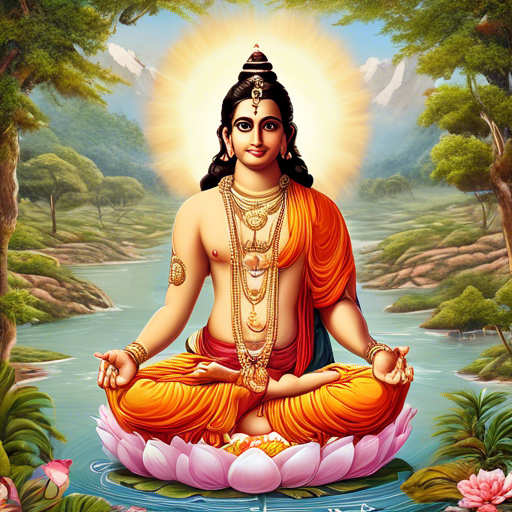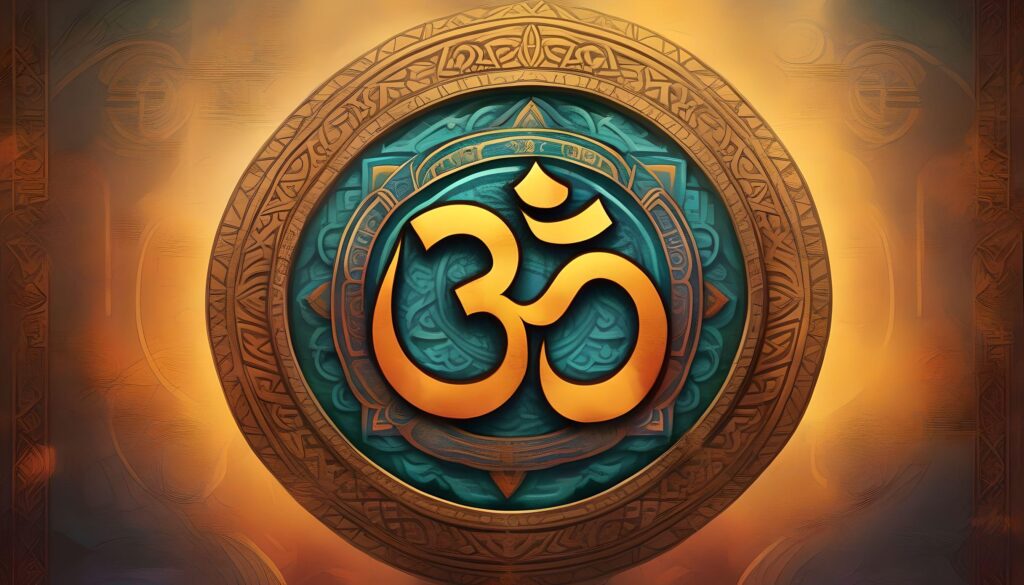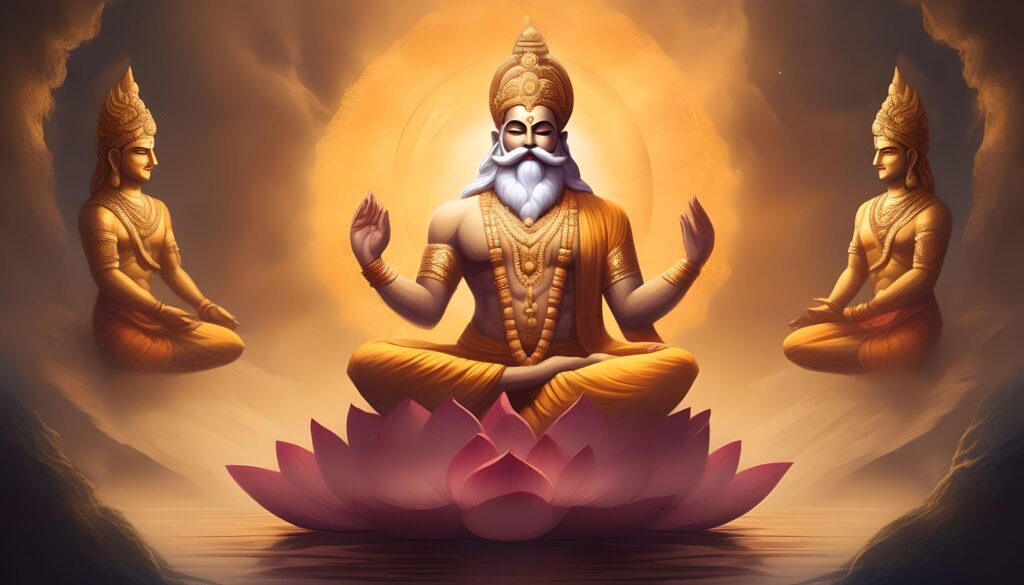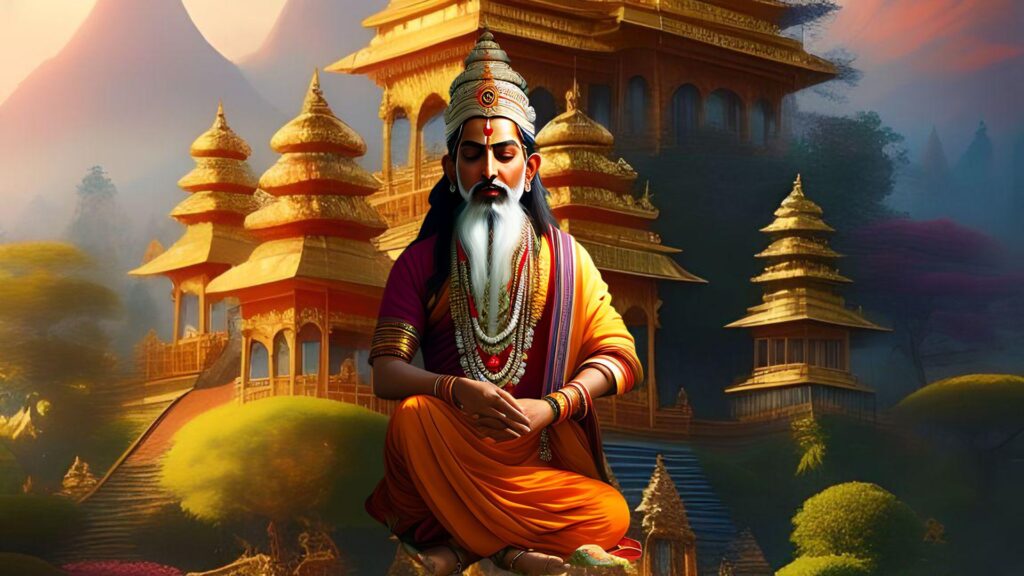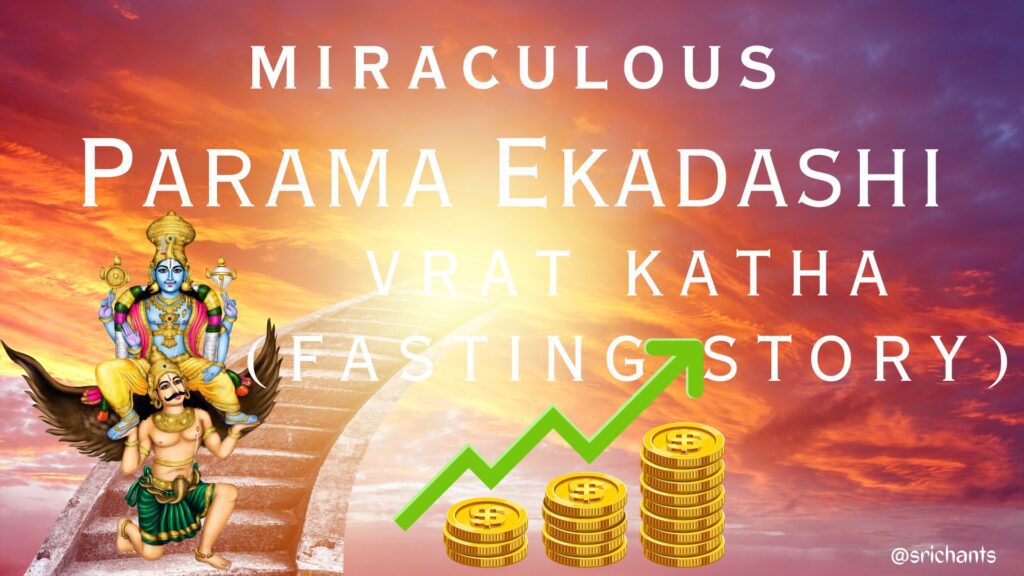Upanishad: Unlocking the Secrets of Upanishads for Inner Peace
Introduction
Informing the concluding sections of the Brahmanas and Aranyakas of the four Vedas, the Upanishads, also known as the “Vedanta,” are profound religious and philosophical texts. The aforementioned ancient scriptures offer profound insights pertaining to the essence of reality, the self, and Brahman, the supreme truth. This exhaustive guide aims to elucidate the profound teachings of the Upanishads, scrutinizing their fundamental concepts and unveiling their significance.
Understanding the Upanishads
Instead of being a compilation of books, the Upanishads consist of individual passages that are intricately connected to the Vedas in which they are found. They are integral to the Vedic tradition due to the fact that they are frequently performed in the context of particular Vedic mantras or rituals. The Upanishads are considered the “Sruti prasthAna,” or revealed scripture, from which comprehensive understanding of Brahman is derived in the Vedanta traditions.
Origin and Evolution
A. Historical Background The origins of the Upanishads can be traced back to the ancient Indian subcontinent, where they developed in response to the pursuit of profound knowledge that transcended ritualistic practices.
B. Chronological Development The rich tapestry of the Upanishads was enriched by the contributions of various schools of thought throughout the course of centuries. The progression through time reflects the intellectual maturation of ancient India.
C. Key Contributors Prominent intellectuals and visionaries, including Yajnavalkya and Shankara, significantly influenced the development and propagation of Upanishad wisdom.
The Principal Upanishads
Particular texts within the vast compilation of Upanishads have acquired exceptional importance on account of the comprehensive commentary attributed to esteemed scholars, including Sankara. The following are the principal Upanishads, which are frequently called the “canonical” Upanishads:
- Aitareya Upanishad (Rig Veda)
- Brihadaranyakopanishad (Sukla Yajurveda)
- Isavasya Upanishad (Sukla Yajurveda)
- Taittiriya Upanishad (Krishna Yajurveda)
- Katha Upanishad (Krishna Yajurveda)
- Chandogya Upanishad (Sama Veda)
- Kena Upanishad (Sama Veda)
- Mundaka Upanishad (Atharva Veda)
- Mandukya Upanishad (Atharva Veda)
- Prashna Upanishad (Atharva Veda)
Considered to be the most ancient Upanishad texts, these ten principal Upanishads form the bedrock of Vedantic philosophy. Furthermore, it is worth noting that certain traditions incorporate the Kaushitaki and Svetashvatara Upanishads into this prestigious compilation, whereas others attribute significance to the Maitrayani Upanishad as well.
Exploring Other Upanishads
In addition to the primary Upanishads, a multitude of supplementary Upanishads are present, each providing distinct perspectives on different facets of Vedanta and spiritual devotion. Although certain traditions may reject certain Upanishads, this is primarily a matter of recognizing their classification as Sruti and not ascertaining their exact composition dates. However, contemporary scholars have made efforts to approximate the time periods during which these texts were composed.
Classifying the Upanishads
A widely adopted method of classifying the Upanishads is according to the topics they address. This category comprises Upanishads that address broad Vedanta subjects, those that concentrate on the practice of yoga, and those that explicate the principles of samnyasa. Moreover, in the context of Hinduism, Upanishads that highlight particular deities are frequently categorized as Saiva, Vaishnava, or Sakta Upanishads.
List of Upanishads
According to the Muktikopanishad, a text that enumerates 108 Upanishads, the distribution across the four Vedas is as follows:
| Rg Veda | Yajur Veda | Sama Veda | Atharva Veda |
|---|---|---|---|
| 10 | 51 | 16 | 31 |
This comprehensive list comprises the ten principal Upanishads, in addition to the following categories: 24 sAmAnya Vedanta Upanishads, 17 sAm.nyAsa Upanishads, 20 yoga Upanishads, 14 Vaishnava Upanishads, 14 Saiva Upanishads, and 9 Sakta Upanishads. Nevertheless, it is critical to acknowledge that certain Upanishads may be classified into multiple groups, and these classifications lack universal consensus.
The Significance of the Upanishads
The Upanishads occupied a distinctive position in the evolution of philosophical thought in India. They are regarded as the pinnacle of Vedanta and serve as the basis for numerous philosophical systems in India. Although the interpretation of the Upanishads may vary among various schools of thought, these scriptures offer a profound comprehension of the fundamental aspects of existence, self-actualization, and the ultimate aspiration for Moksha, or liberation.
The Core Teachings of the Upanishads
Insights into profound philosophical and spiritual principles, the Upanishads direct individuals toward self-realization and union with Brahman. The proponents underscore the presence of an elevated entity known as the Atman, an intrinsic divine essence that resides within each person. As per the Upanishads, the Atman is not a distinct entity from Brahman, the supreme reality; rather, it functions as an essential constituent of the former. The comprehension that duality is illusory is the result of recognizing this divine essence within oneself.
Upon attaining this divine essence within oneself, one comes to the realization that duality is illusory. Fundamentally, no division exists between individuals or between mankind and God. According to the Upanishads, every individual possesses an intrinsic divine spark, and the purpose of existence is to reconcile this spark with Brahman, its source.
The Role of Yoga in the Upanishads
Yoga, being a pragmatic discipline, assumes a substantial position within the Upanishads. Although certain Upanishads place explicit emphasis on yoga practices like respiration control and meditation, others integrate yogic principles into their discourse as a method to achieve self-realization. The Upanishads emphasize the significance of developing inner awareness, self-control, and meditation as means to attain liberation and the realization of one’s true nature.
Conclusion
The Upanishads, which provide profound insights into the essence of reality, the self, and the ultimate truth, are regarded as enduring repositories of human wisdom. They promote the investigation of one’s innermost being, the decipherment of the enigmas surrounding existence, and the actualization of one’s divine capacity. The Upanishads persistently motivate and direct individuals on a personal transformational quest for Brahman and self-realization by means of their teachings.
Additional Information: The Upanishads, which have influenced the development of numerous religious and philosophical traditions both within and beyond India, are regarded as the essence of Hindu philosophy. Since their translation into European languages during the 19th century, their impact on Western philosophical thought has also been substantial.
FAQs (Frequently Asked Questions)
- What is the main message of the Upanishads? The Upanishads primarily convey the profound insights into the nature of reality, the self, and the ultimate truth (Brahman).
- How can one apply Upanishadic teachings in daily life? Applying Upanishadic teachings involves cultivating mindfulness, ethical living, and embracing a holistic approach to life.
- Are the Upanishads relevant to people of different faiths? Yes, the universal themes in the Upanishads make their wisdom accessible and relevant to individuals of various religious backgrounds.
- Do the Upanishads advocate a specific form of meditation? While different Upanishads suggest various meditation techniques, the common thread is the exploration of inner consciousness and connection with the divine.
- Can the Upanishads be understood without a background in Hinduism? Yes, the Upanishads offer universal philosophical insights that can be appreciated and understood by individuals with diverse spiritual beliefs.
